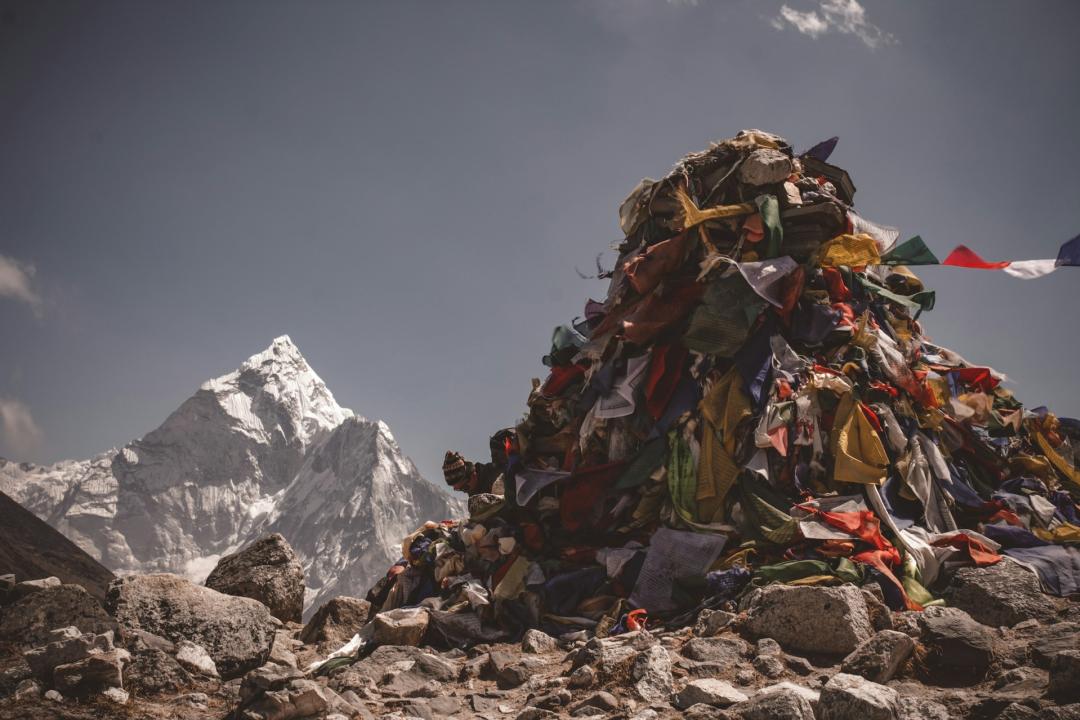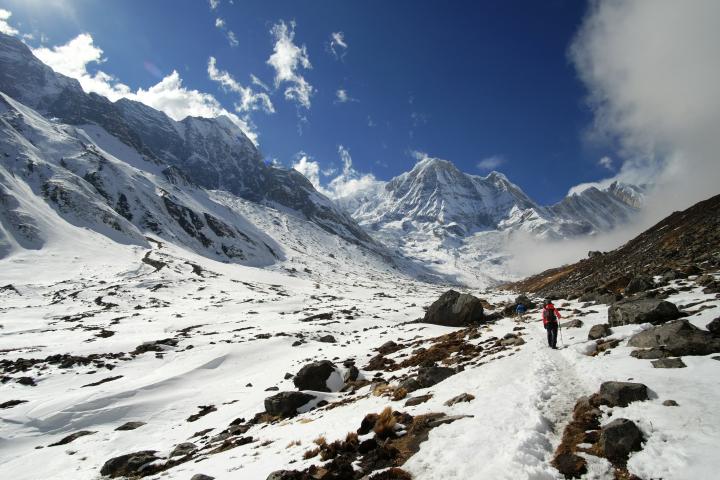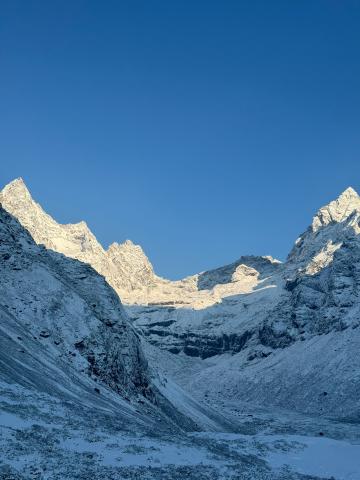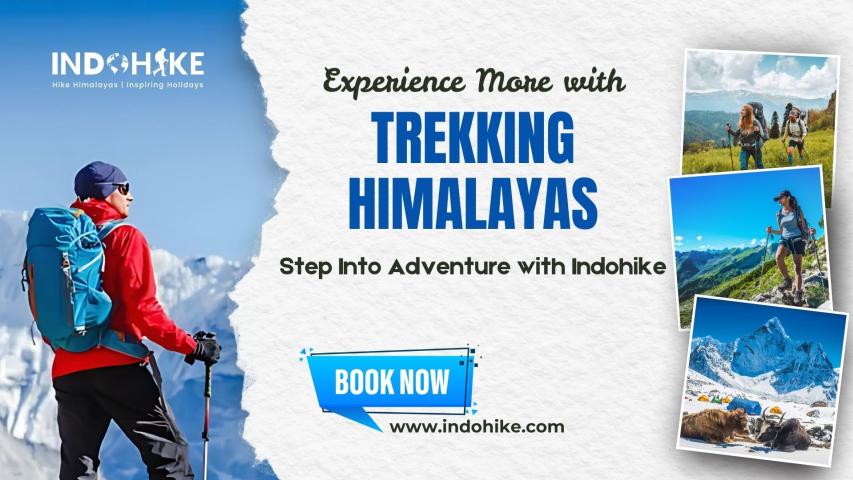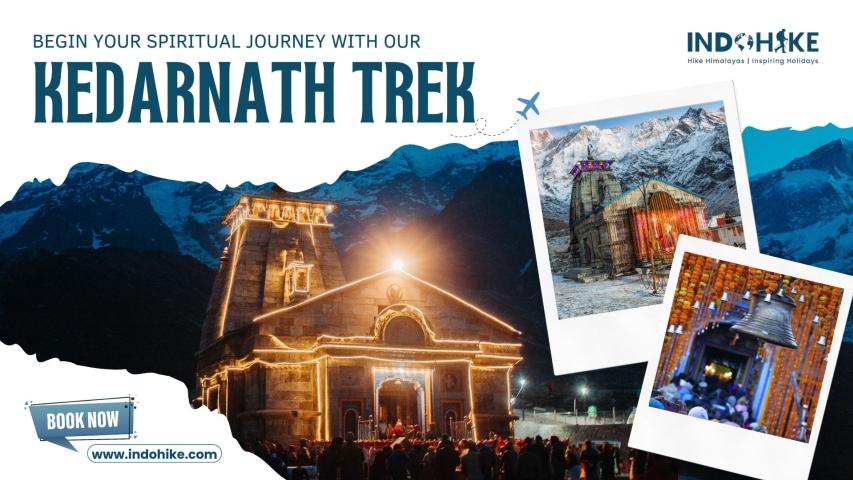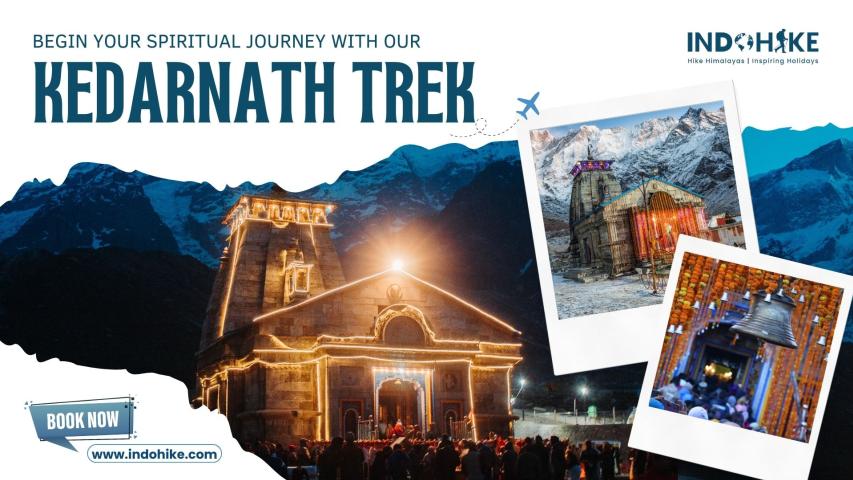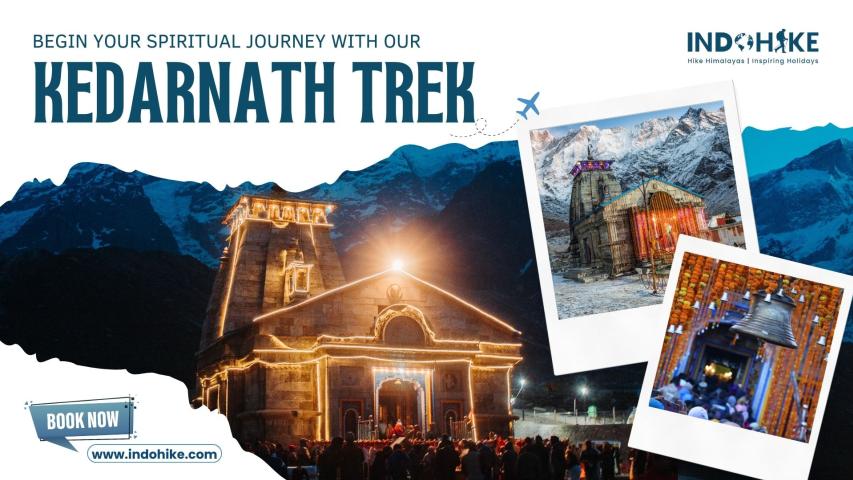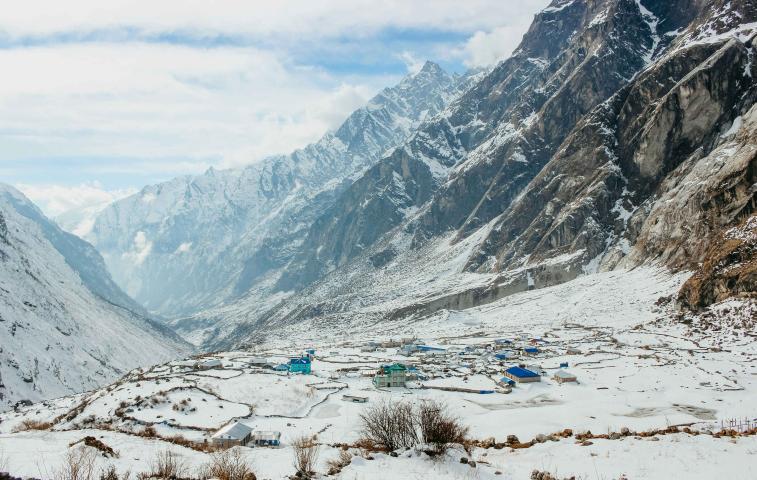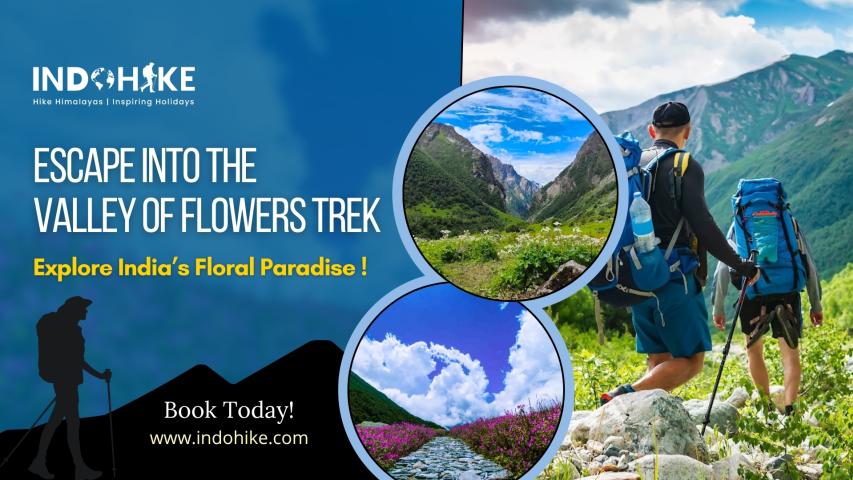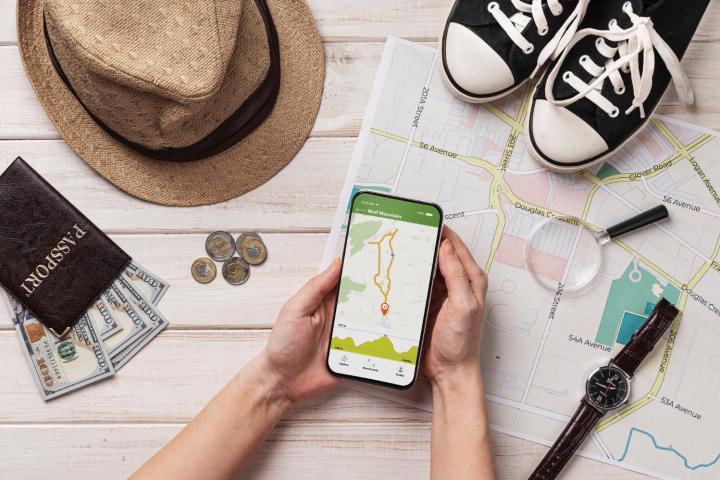The Everest Three Passes Trek is one of Nepal’s most demanding yet rewarding routes, offering a circuit through Kongma La (5,535m), Cho La (5,420m), and Renjo La (5,360m). It’s not just a journey to Everest Base Camp but a full Himalayan loop connecting remote valleys, high-altitude passes, and cultural villages. Given the length, altitude, and complexity of the route, many trekkers wonder—is it necessary to hire a porter and guide for the Everest Three Passes Trek?
Let’s break down why hiring local support can be more than just helpful—it can be crucial.
How Does a Guide Enhance the Experience?
A licensed trekking guide offers far more than route assistance. On the Everest Three Passes Trek, where multiple trails intersect and weather can change quickly, a guide provides safety, insight, and direction. They are trained in altitude sickness awareness and emergency response, which is vital in regions where evacuation takes time.
Guides also add cultural value. From explaining monastery rituals in Tengboche to sharing stories about Sherpa traditions in Thame or Gokyo, they connect you to the land in a more meaningful way. Their knowledge of side trips, hidden viewpoints, and safer routes is invaluable.
Why Consider a Porter for This Trek?
Carrying your own gear for 18+ days, especially through three high-altitude passes, can be physically exhausting. Hiring a porter lightens the load so you can focus on acclimatization, enjoying the views, and staying safe. On steep ascents or icy descents, fatigue becomes a real risk factor.
Porters usually carry up to 20-25 kg and are incredibly experienced in navigating these rugged trails. Many trekkers underestimate how challenging the cumulative weight becomes over time, especially when battling altitude and cold.
What Is the Cost of Hiring a Guide and Porter?
Prices can vary slightly depending on the season, agency, and services offered. On average:
-
Guide: USD 30–40 per day (including meals, insurance, and accommodation)
-
Porter: USD 20–30 per day (including the same)
Some trekkers choose a porter-guide, a hybrid option that combines basic guiding with carrying support, usually costing USD 25–35 per day. It’s an economical choice, but best suited for those who are confident in navigation and only need light guidance.
Make sure your guide and porter are properly insured, especially for high altitudes. A reputable agency usually ensures this and arranges logistics from Lukla or Kathmandu.
Can You Hire Support Staff Directly in Lukla or Namche?
Yes, many trekkers arrange porters and guides in Lukla or Namche Bazaar, which can sometimes be cheaper. However, it also carries risks—availability isn’t guaranteed, and verifying credentials or experience can be difficult.
Booking in advance through a trusted agency or contact ensures that your support team is experienced, equipped, and ready to handle the challenges of the trek.
Is Trekking Solo Without Support a Good Idea?
Solo trekking the Everest Three Passes is allowed, but not always recommended. The route involves isolated sections, and winter or early spring brings snow and ice to the passes. Navigation can become difficult, and phone signals aren’t reliable in every section.
If something goes wrong—altitude sickness, injury, or getting lost—having someone with you can make all the difference. A guide or porter can help organize rescue, provide aid, or get you to the next safe stop.
Final Thoughts
Hiring a porter and guide for the Everest Three Passes Trek is about more than comfort—it’s about safety, cultural immersion, and making the most of a once-in-a-lifetime experience. The route is intense, the views are unreal, and the rewards are unforgettable. With the right team beside you, you’ll not only complete the circuit but enjoy every step of the way.
